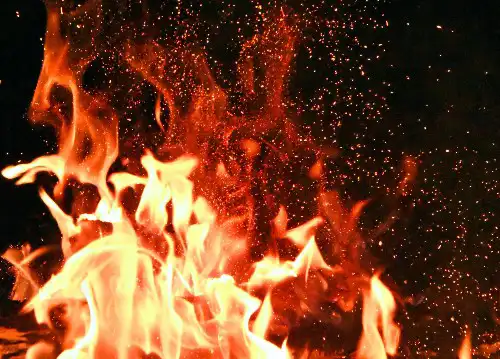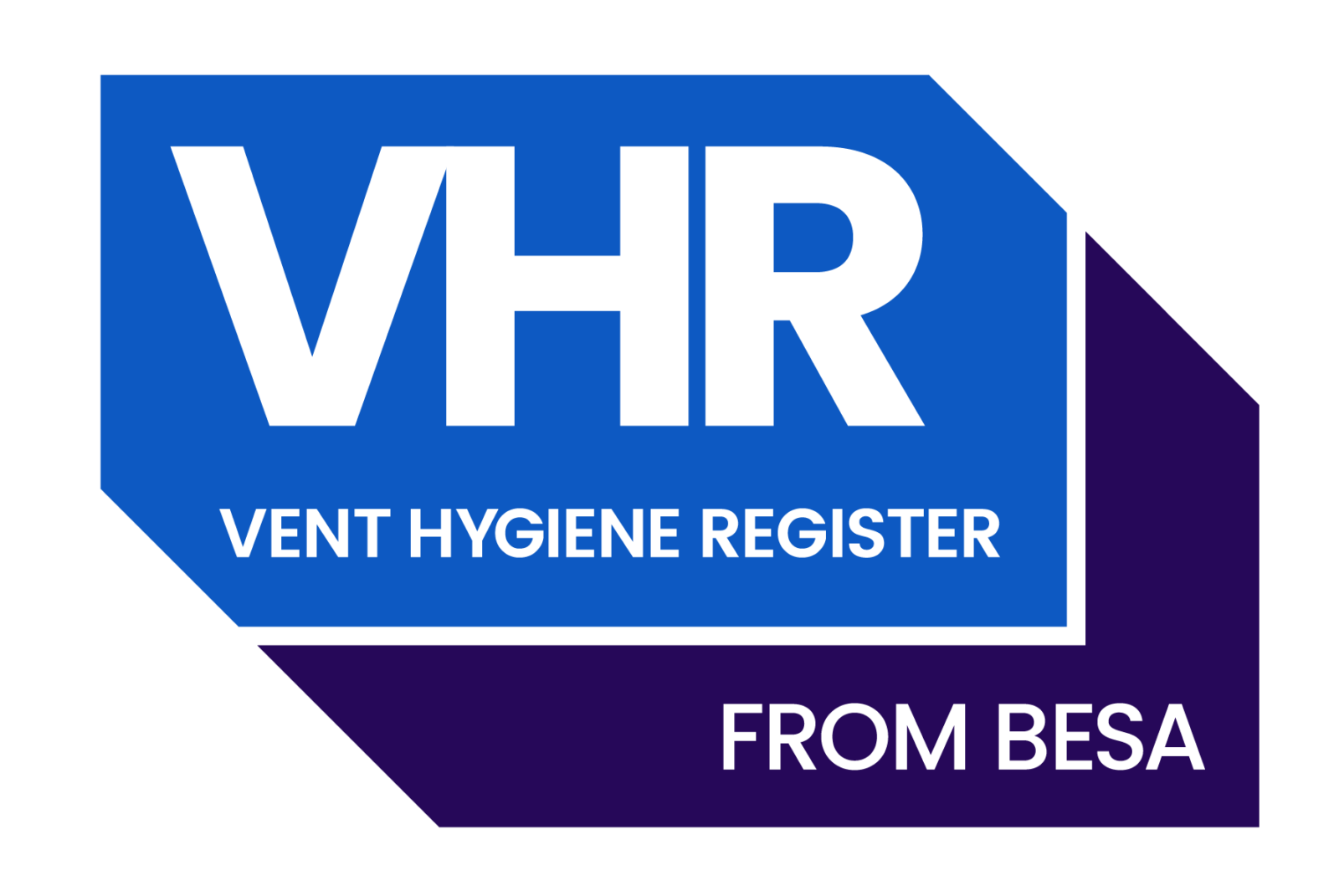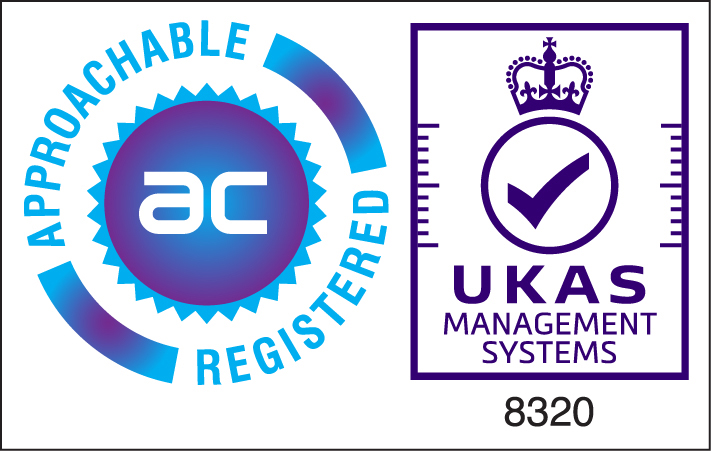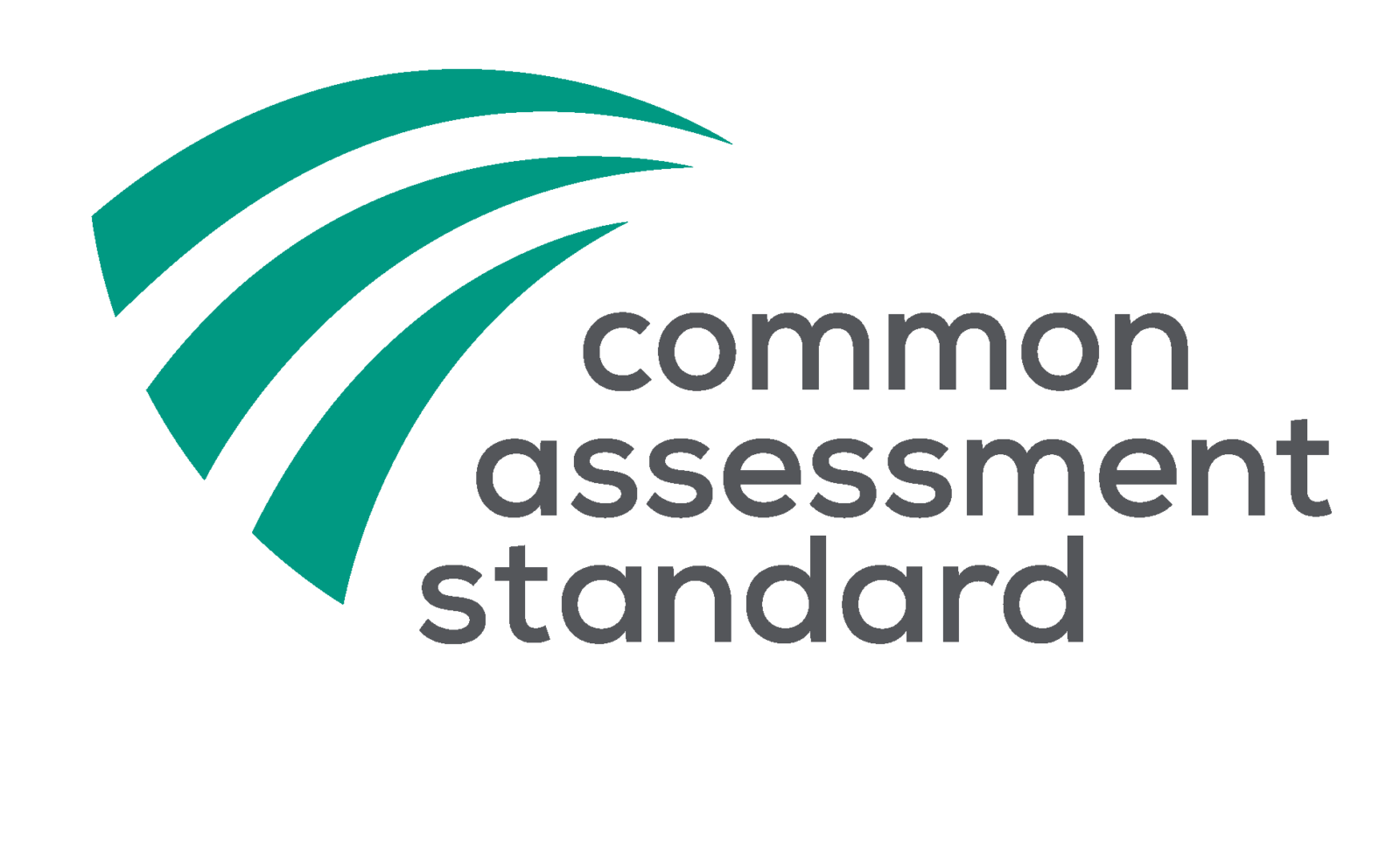In the 2018 to 2019 calendar year, there were 36,823 house fires within the U.K, which isn’t even counting other events like wildfires and commercial buildings. With this commonality, it’s natural to equip a building you own with measures like fire doors to help keep the building occupants safe.
However, with the installation of fire doors comes fire door inspections, and passing these inspections is vital if you don’t want to get slammed with the consequences of not being compliant, or even worse, the potential loss of life.
First, we need to take a look at what fire doors do to protect us.
The Power of Fire Doors
The two main benefits of fire doors are that they prevent fires from getting into certain rooms as well as giving anyone trapped inside more escape options. All fire doors are tested to resist fire for minimum time periods, the doors accomplish this resistance through their composition and installation.
Equally important is the frame of the door, as the two need to be the same size to allow a heat-activated sealant to block out incoming smoke and prevent the breathing difficulties and chest pain that comes with major smoke inhalation. These seals can also carry special properties that reduce the ability of sound waves to travel through the door.
Finally, the locks and hinges need to be kept in excellent shape as well. Not only do they let the door open and close properly, but they allow the self-closing mechanism all fire doors need to function. Any ironwork associated with the door is also essential to keeping the door from succumbing to the flames.
The Rules of FDIS Checks
The legal provision mandating fire door checks comes from Article 17 of the Fire Safety Order 2005 (or FSO). The article mandates that all quality checks must get undertaken by qualified professionals. FDIS checks are designed to meet exact compliance with Article 17.
But how often do fire doors need to be inspected? The general rule of thumb is every 6 months or so for a good rate of fire door inspection frequency.
Preparing For a Fire Door Inspection
The best way to prepare for a fire door inspection is to appoint a FDIS fire door inspector from the get-go.
Once the inspection comes closer, run through a fire door inspection checklist. You should have retained the installation and manufacturers documentation from the suppliers and installers. The first point is making your fire door still has the proper labelling to identify it as a fire door. After that, close and open the door, looking to see if it catches in the frame or is grating on something.
Next, you’ll want to investigate the gap spaces in the door. When the door’s closed, these gaps should sit at 3mm plus or minus 1mm.
If that looks good, investigate all the seals around the door to make sure they aren’t worn out or broken down. Finally, make sure your fire door has 3 or more hinges and that each hinge functions as intended. Giving the door hinges lubrication as directed by the manufacturers will help keep them working.
If any of these parameters are not met, your fire door will not be able to do its job and will fail the test.
Repel the Flames
So, now you have all of our tips for fire door inspections. But what should you do about finding fire door inspections near you? Well, if you’re looking for accredited fire door inspection company to provide you with quality testing, don’t hesitate to reach out to us and let us know how we can help.





Ventilation Surveys & Services, 305/307 Tower Street, Century Buildings – Brunswick Business Park, Liverpool, Merseyside, L3 4BJ
Company Registration Number 07411775
VAT – 997895709
© 2025 Ventilation Surveys & Services Limited | Website by Xanthos








